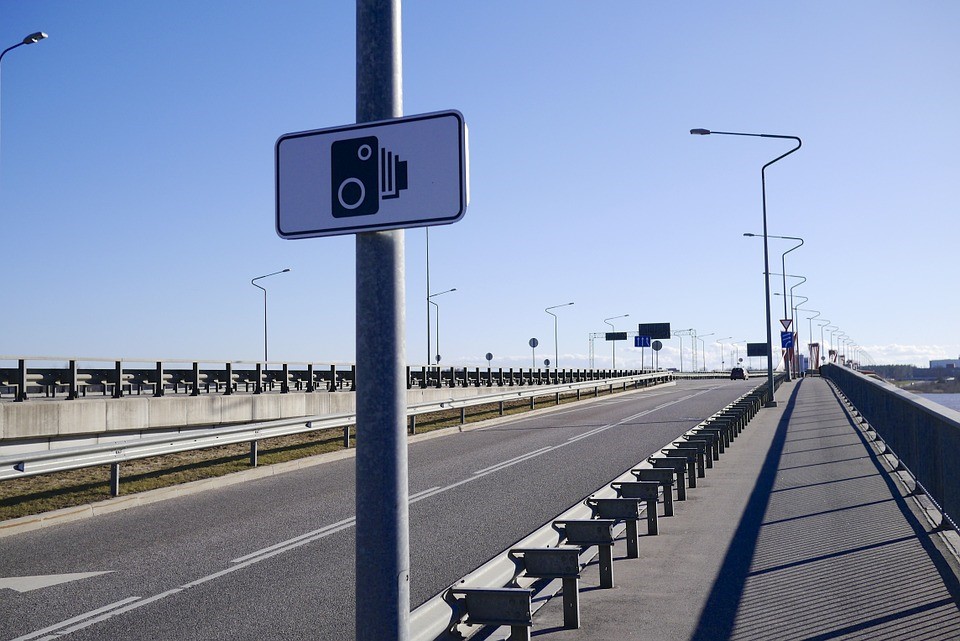By all accounts, we’re fast moving into the future with the advent of 2 further sections of “smart motorway” being opened around Greater Manchester this year.
Stretches of both the M60 and M62 are currently undergoing works (said to cost around £208m), with the works on the M62 between Jcts’ 18-20 estimated to be complete in September. This will finally do away with the current 50MPH restriction that has been in place for the last 3 years, much to commuters’ relief. The works on the M60 from Jct 8-18 will then complete in early 2018, which will again ease congestion and frustration all round as the new technology takes the helm, although the speed cameras currently in place will continue to monitor the fluctuating speed limits set by the gantry signs.
What are Smart Motorways?
Smart motorways (also referred to as “managed” or “controlled” motorways, depending on whether a dynamic hard shoulder is available) use what they call Active Traffic Management (ATM) techniques to control the flow of traffic and aim to reduce both accidents and congestion by keeping a smoother flow using variable speed limits. These are shown on gantries above the lanes, per lane, and are set by the flow of the traffic in front – so if there are issues in front, the speed limits will reflect this and work in conjunction with warning gantries of queues ahead etc to try to keep flow constant, but in a calm and controlled fashion.
Smart motorway variable limits are monitored by speed cameras and those driving over the speed limit will be fined accordingly.
Speeding tickets
Of course, with variable speed limits comes the risk of speeding; whether accidental or on purpose, almost a million motorists on Britain’s roads are caught each year, and this figure will only increase as more speed cameras are installed on Smart motorways. The new speeding laws that came into force April 2017 could see motorists being fined over £2000 if they caught by speed cameras, as well as disqualification “in excess of 56 days”. In other words – respect the speed limit!
Do Smart Motorways really work?
Smart Motorways have been proven to keep traffic flow at an even pace and improve journey times – but they do come with their own host of problems for motorists should anything go wrong.
Some smart motorways use the hard shoulder as a live lane at peak times, so there is nowhere to pull over if you have a break down, or worse, if there is a fire or similar. This means a higher chance of an accident, but also more congestion as road users have nowhere to try and pass blocked lanes. The Met have been quoted as saying that the decision to drop the hard shoulder has resulted in “significant risks” to motorists, so it is definitely something to bear in mind should your journey take you onto a Smart motorway.
Current works
The M60 and M62 aren’t the only motorways undergoing Smart upgrades; sections of the M1, M3, M5, M6 and M90 are also currently undergoing construction. Large parts of the M1 are already live as Smart motorways, and there are over 236 miles of Smart motorway overall in England alone.
Have you travelled on a Smart motorway lately? Did you feel your journey was better as a result? Let us know in the comments!









